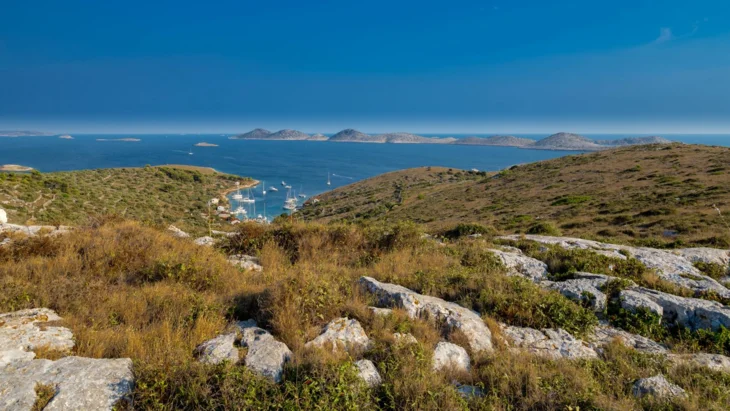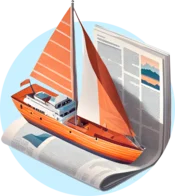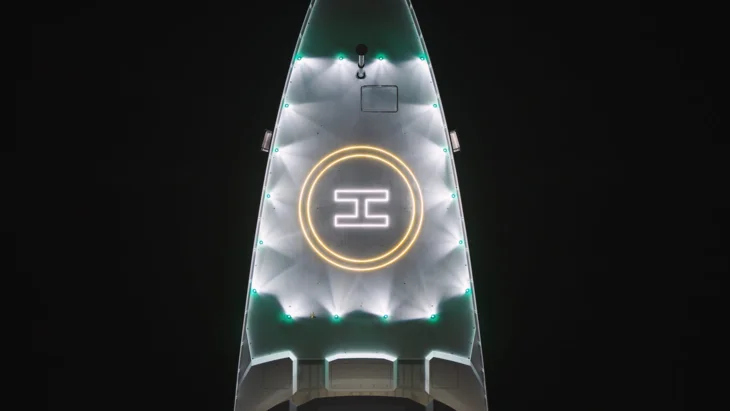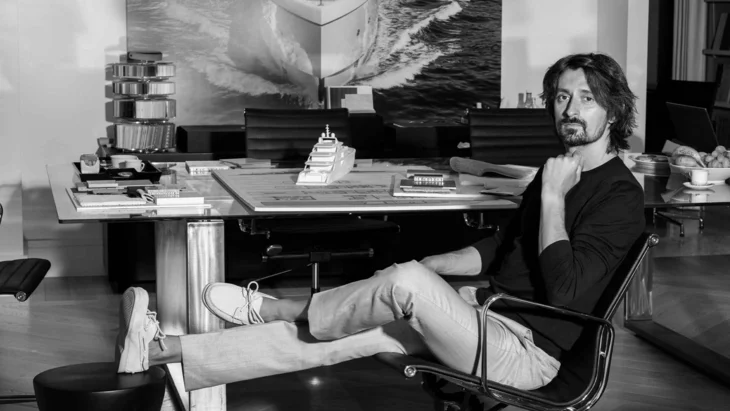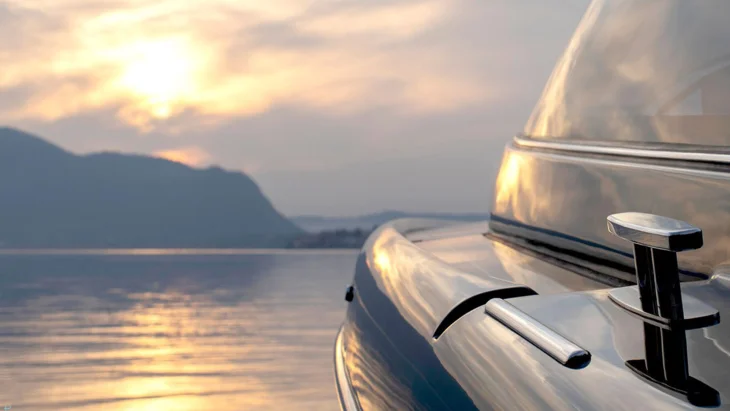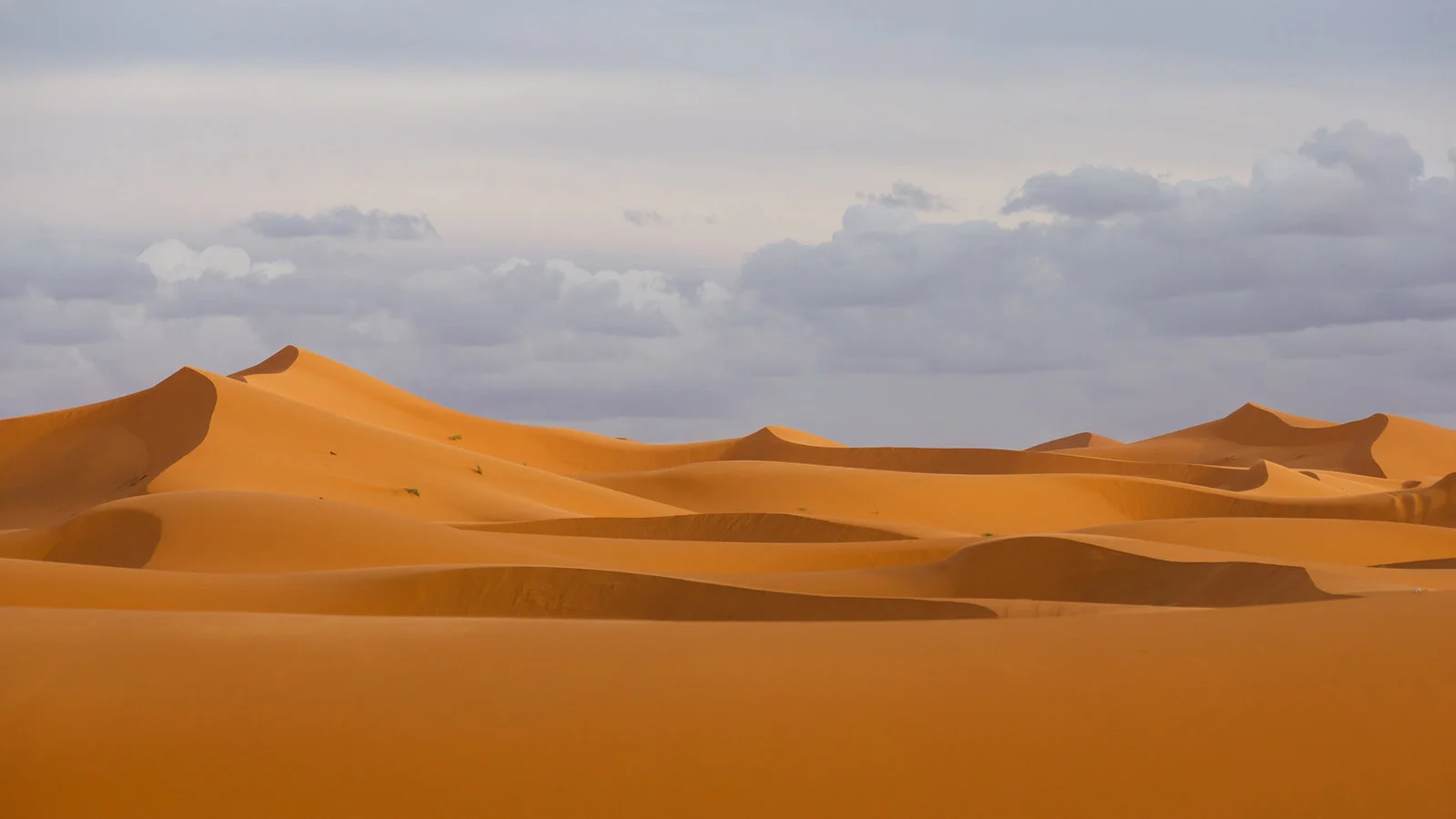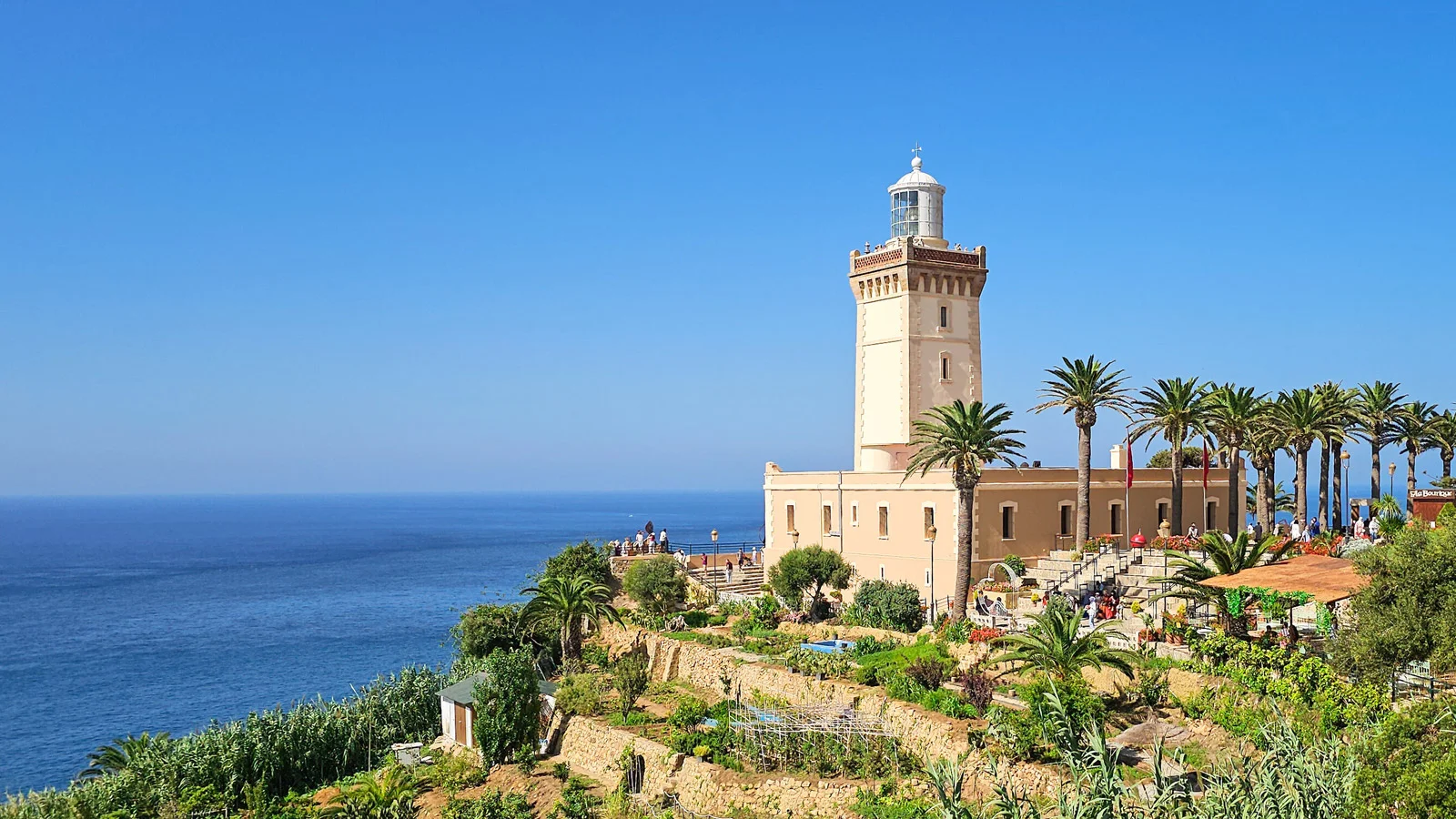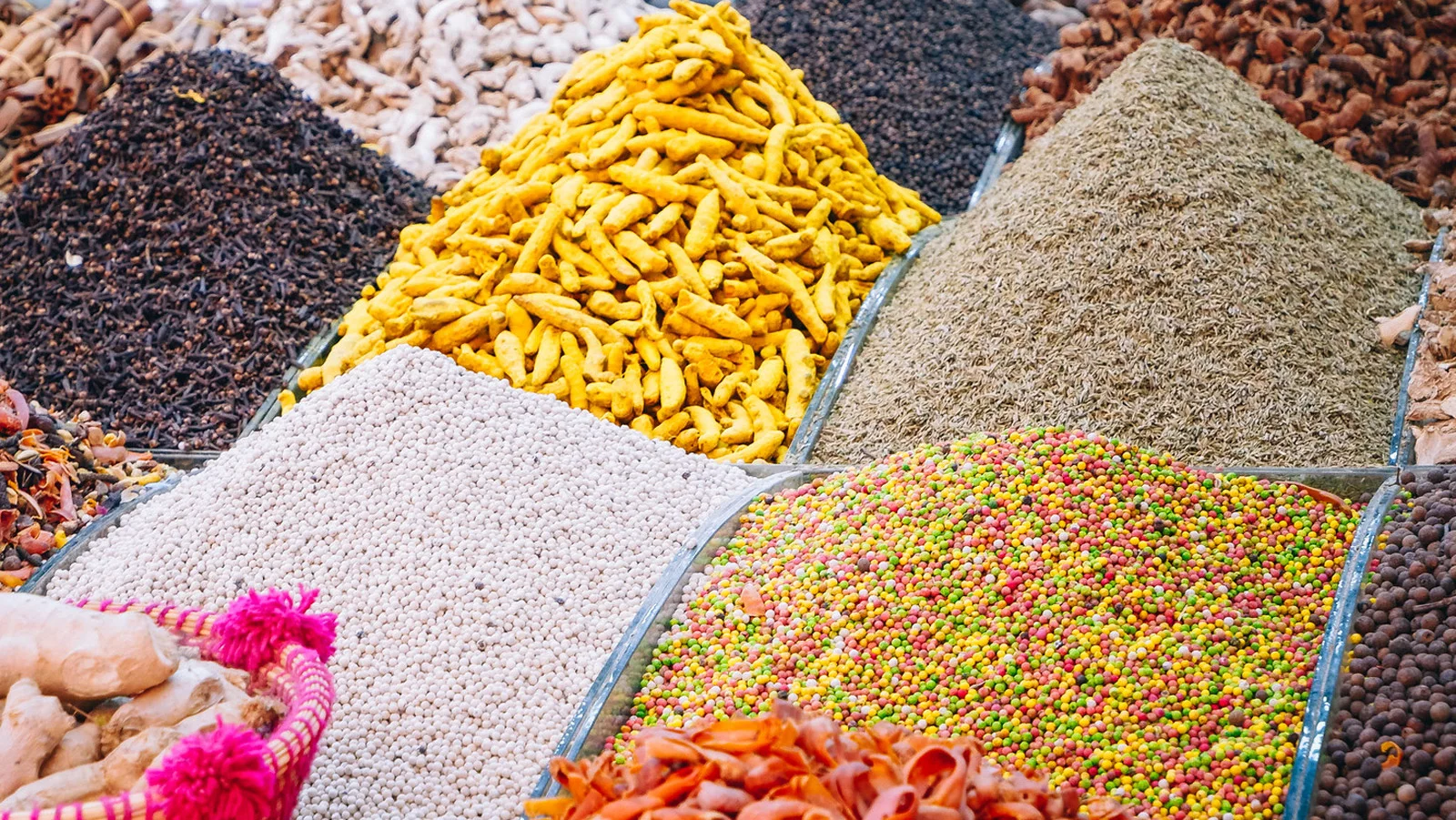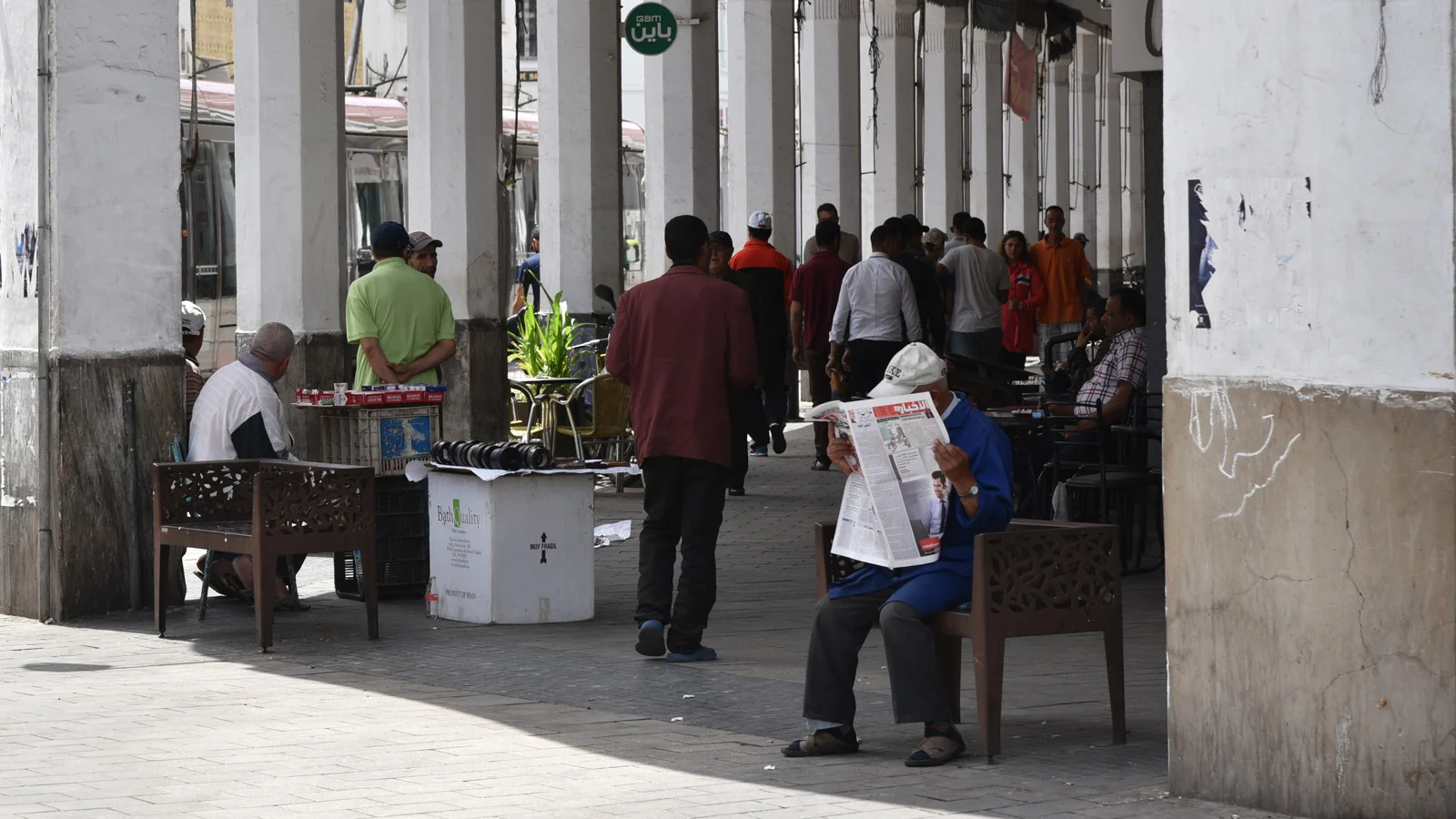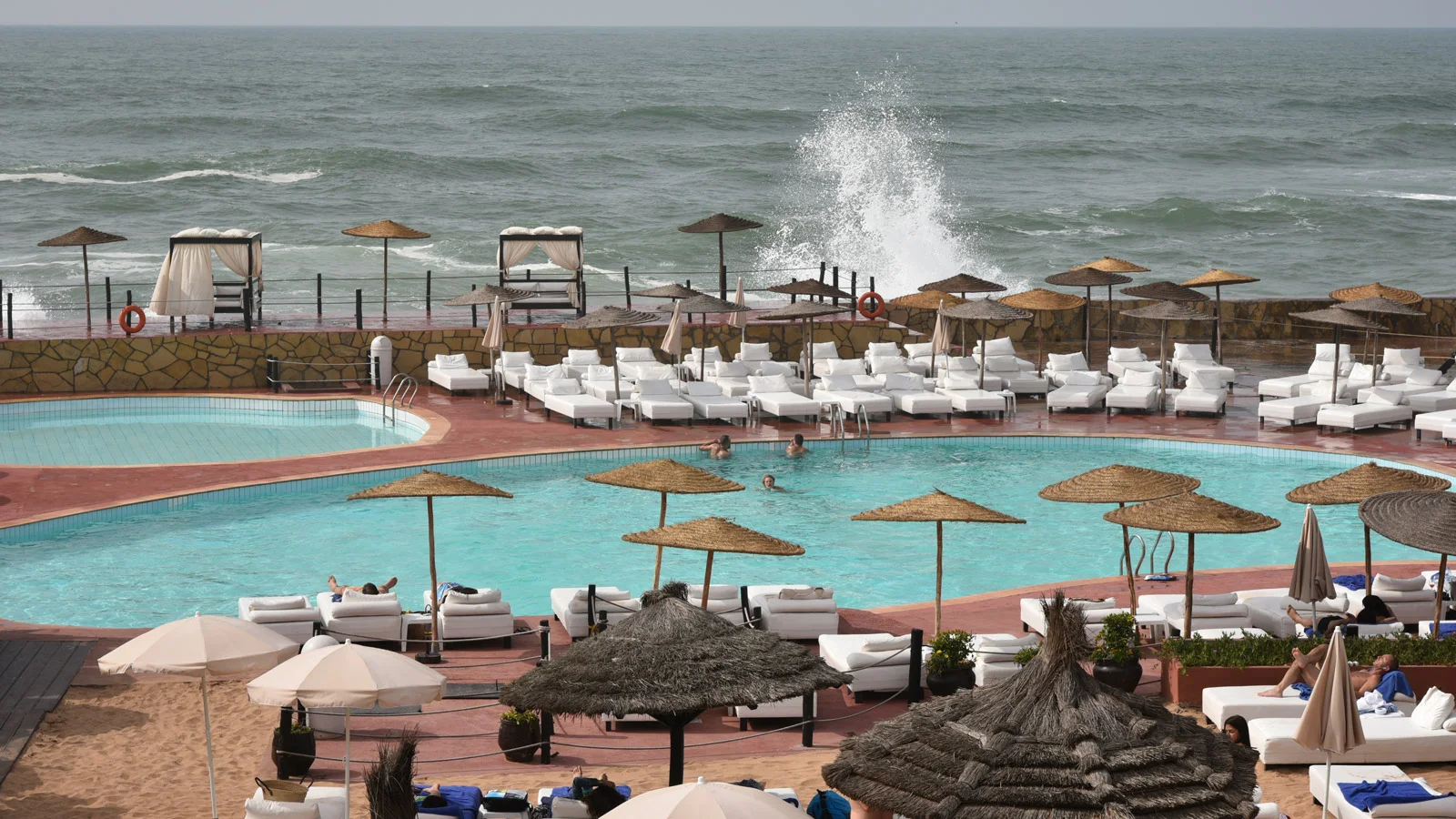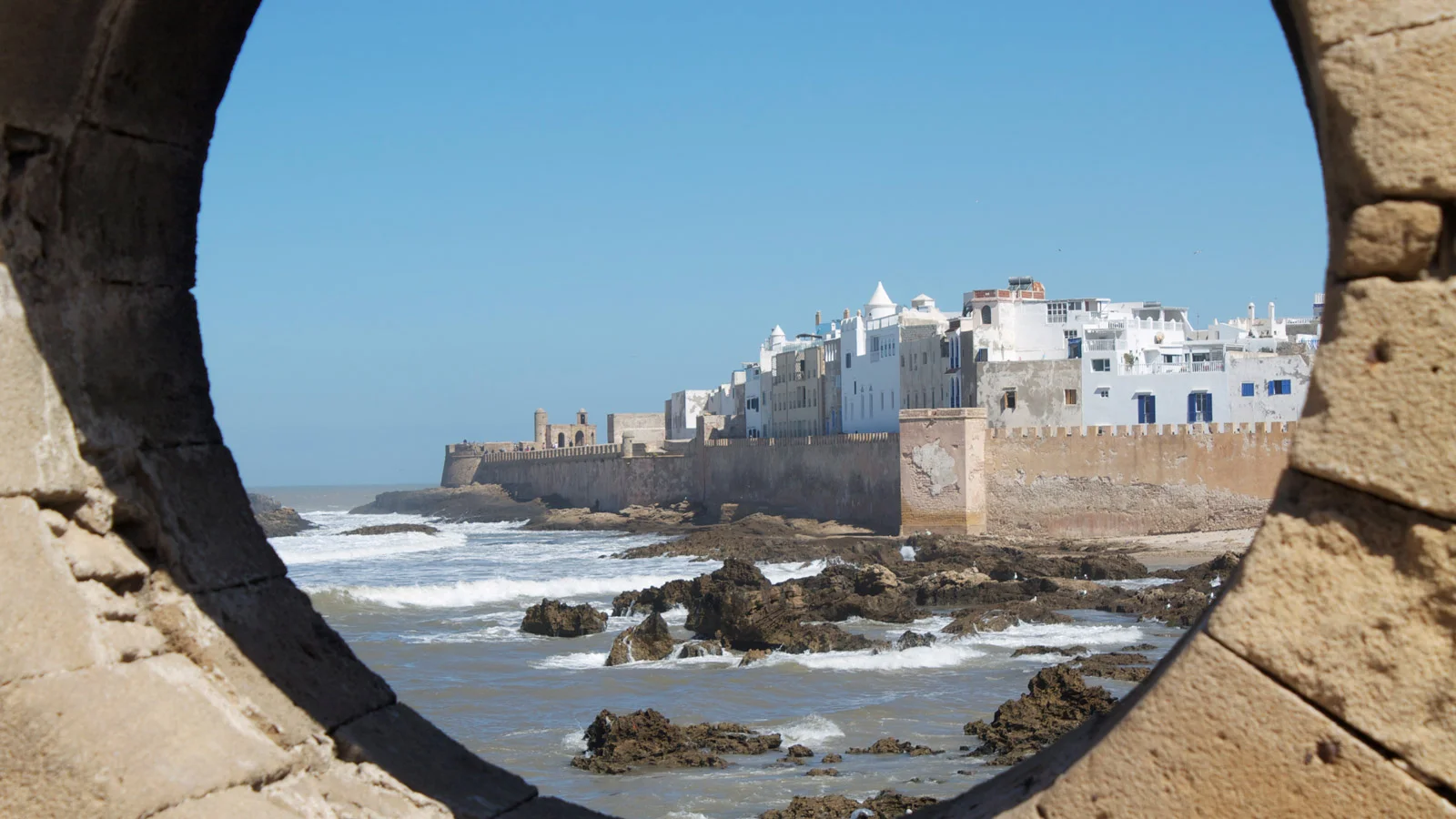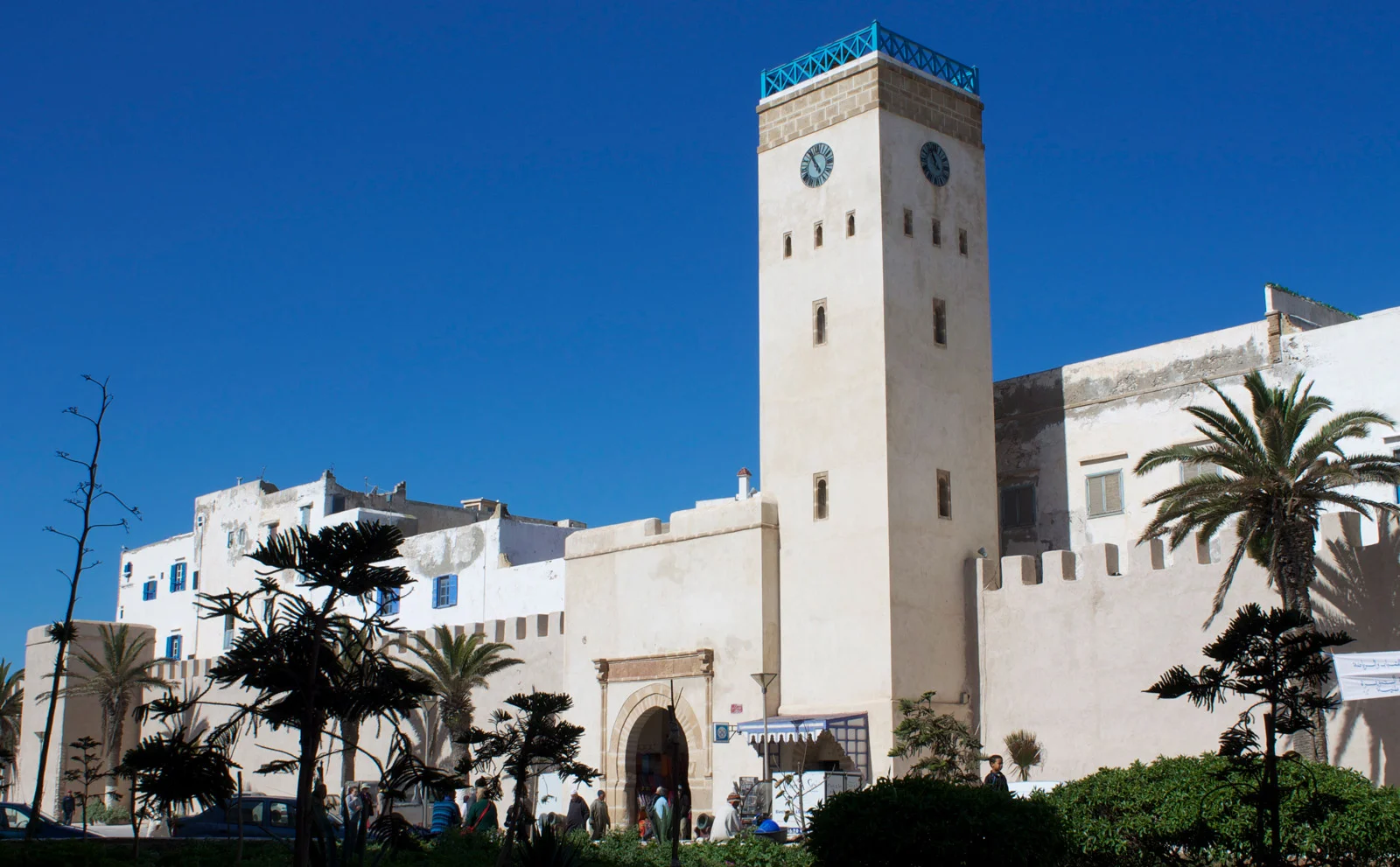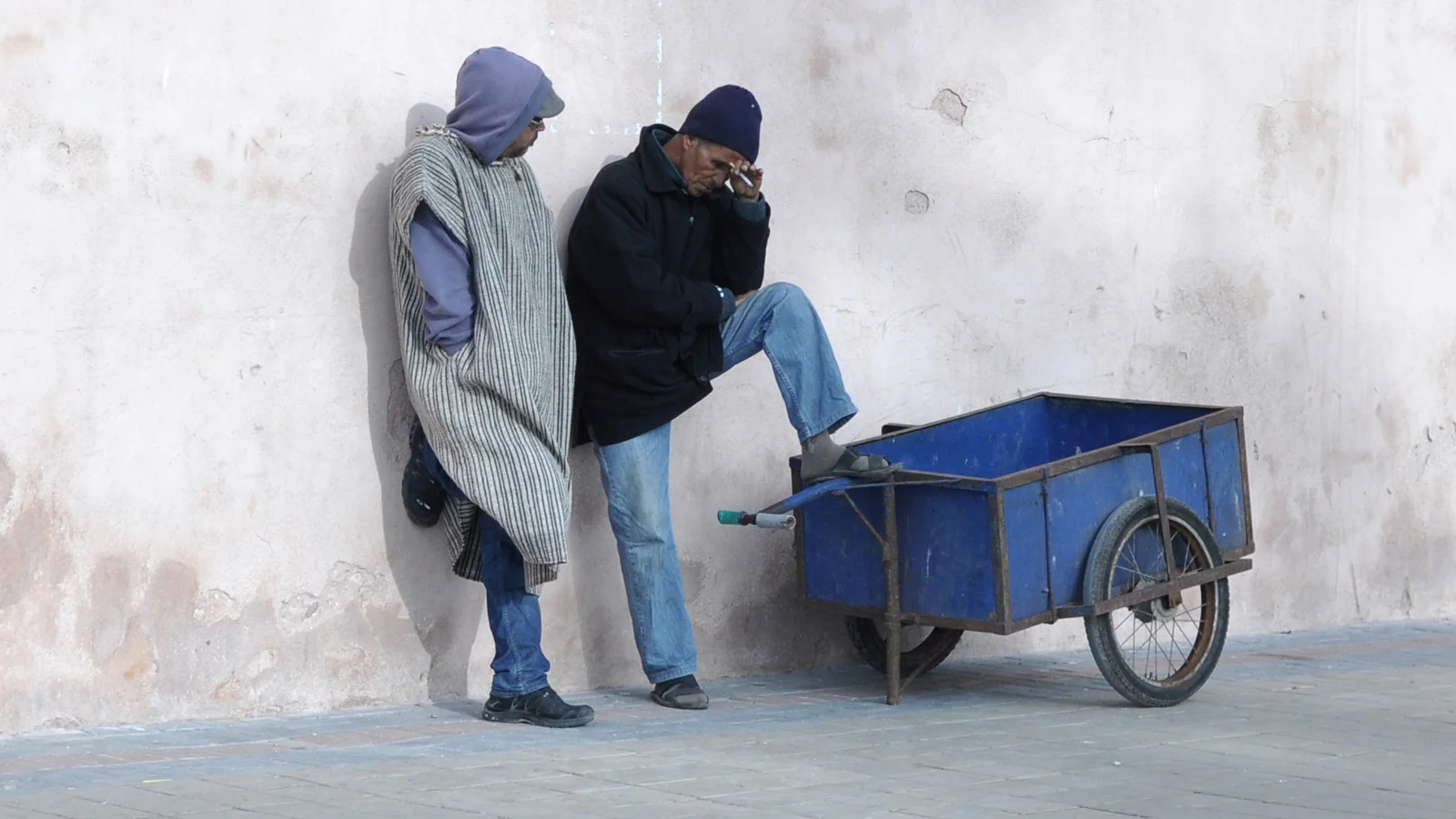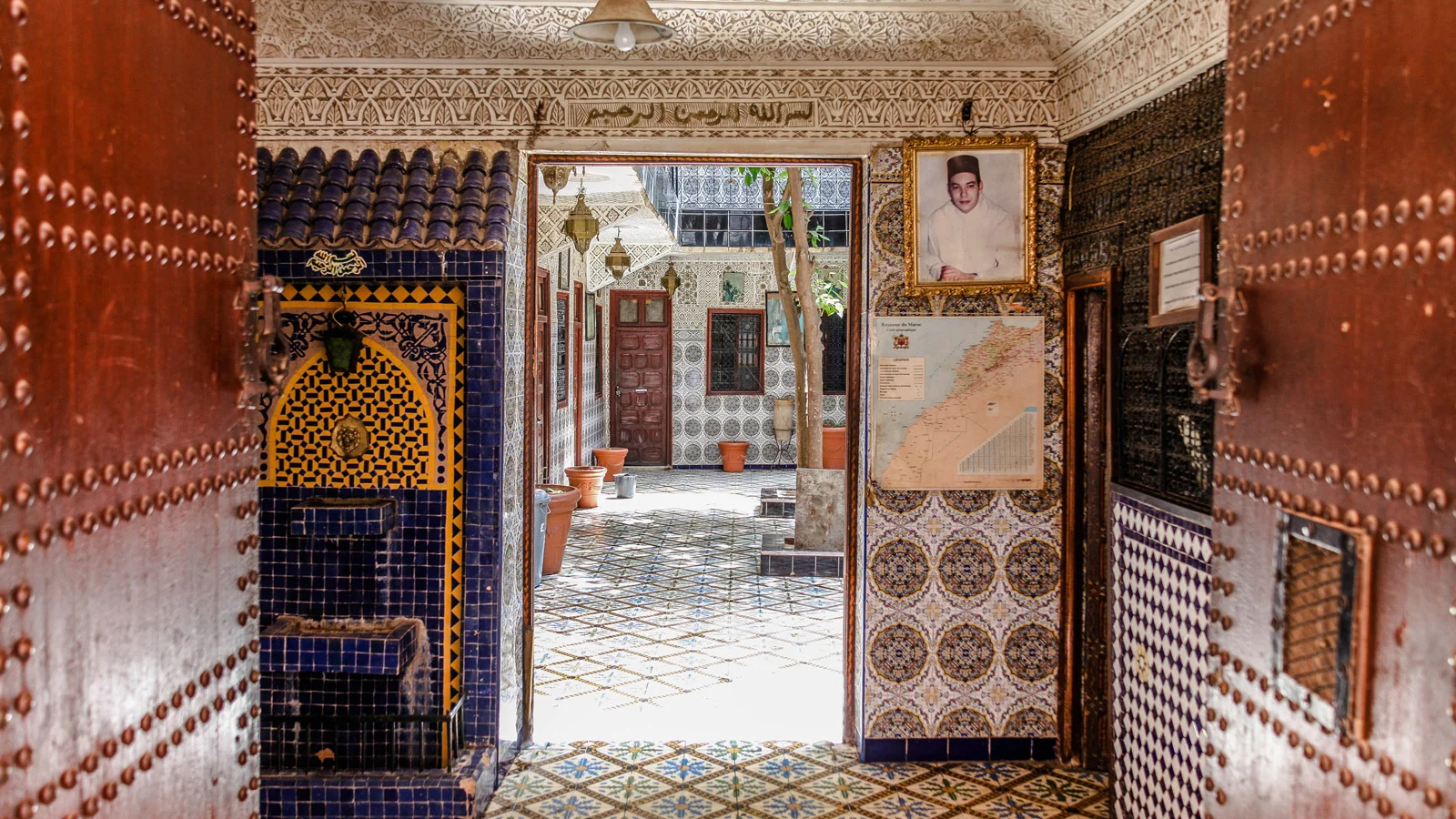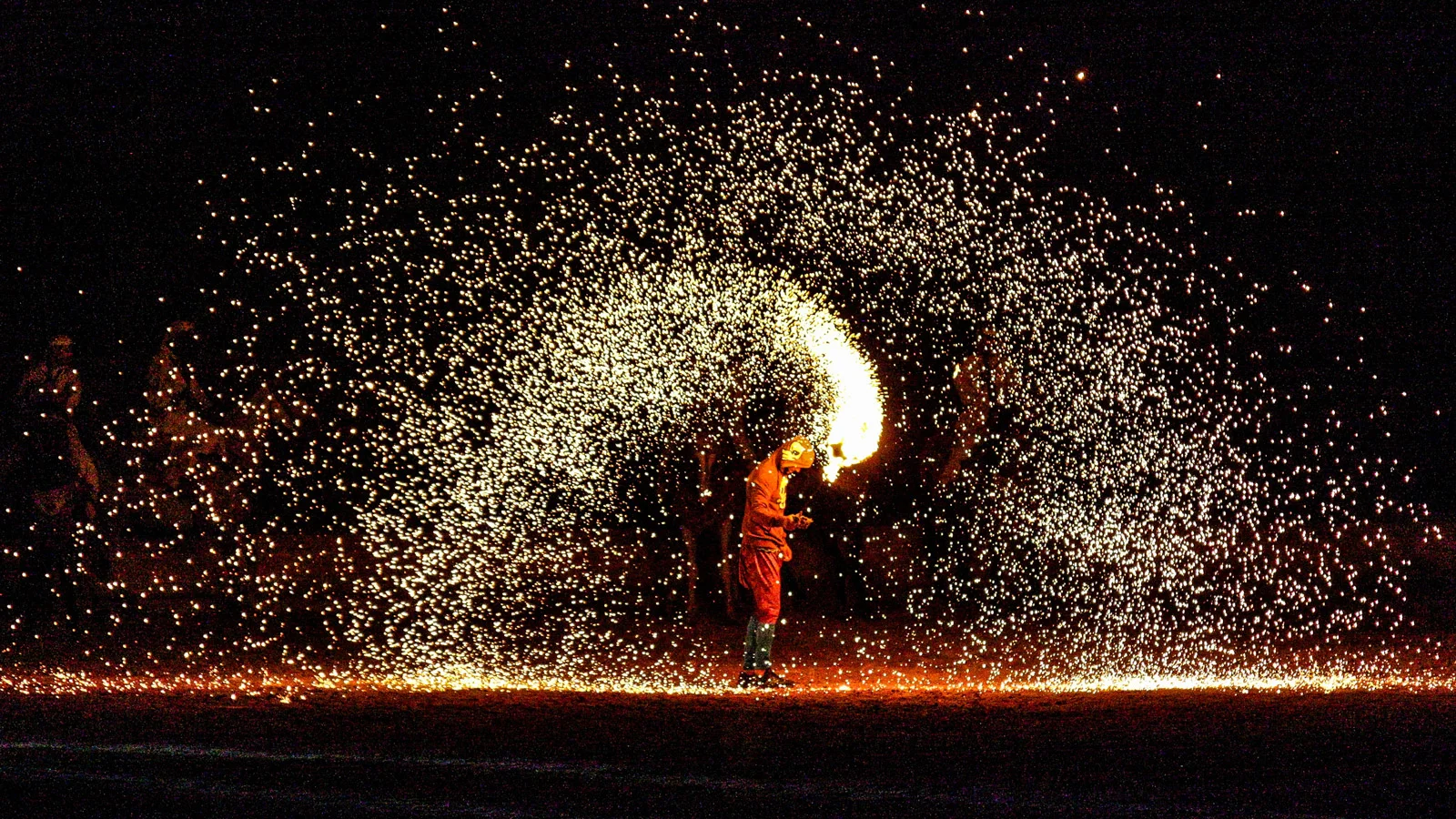Four pearls of Moroccan Atlantics
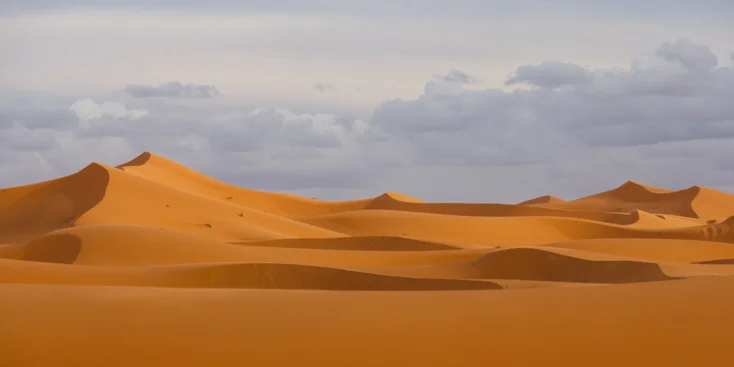
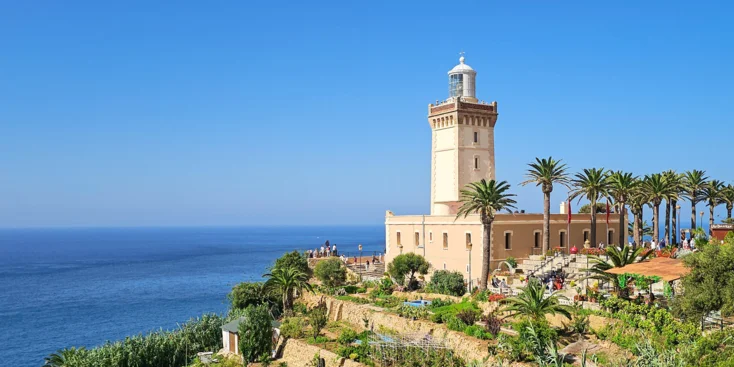
When making a passage from the Mediterranean Sea to, for example, the Canary Islands, a lot of vessels stop to refuel at some Moroccan port. But the Atlantic coast of this country is worth making a few longer stops, as not a single port city in Morocco is similar to another in character, aesthetics or lifestyle, and each of them is capable of giving you a pleasant surprise.
Tangier
Due to its geographical location, Tangier serves as a transport hub both on land and sea: it is a gateway to Africa and a key access point to the Strait of Gibraltar. Since ancient times, the life of the city has been a fantastic mixture of cultures and tastes, which is still attractive. The historic center, with its Kasbah and Medina, has a traditional Maghreb atmosphere, and even the Sultan's Palace, or Dar el Makhzen, is now a museum of Moroccan art and is open to the public.
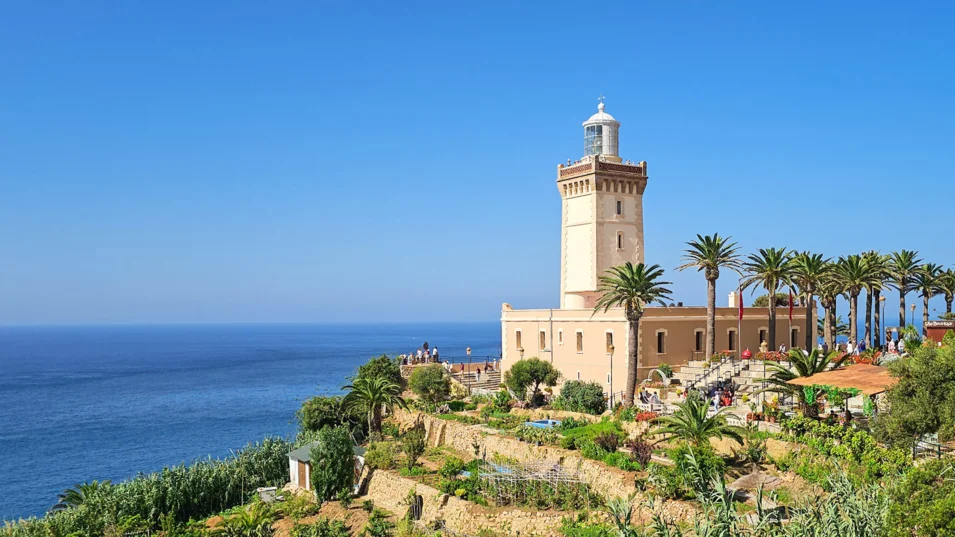
The diverse architectural heritage left by the Portuguese, British, Spanish and French will not let any travelling aesthetes get bored either. You can walk around typical Mediterranean neighborhoods that cascade down to the sea, see something new in the Gallery of Modern Art, located in a magnificent English villa, spend some time meditating in the Mendoubia Gardens, where 800-year-old trees are still alive, taste some delicacies in the famous Grand Café de Paris in Place de France, or bargain at the world's most famous antique market, Casabarata. The colorful kaleidoscope of impressions given by the city has always attracted artists – from Delacroix to Matisse, as well as musicians: the Rolling Stones have a music school of their own here.
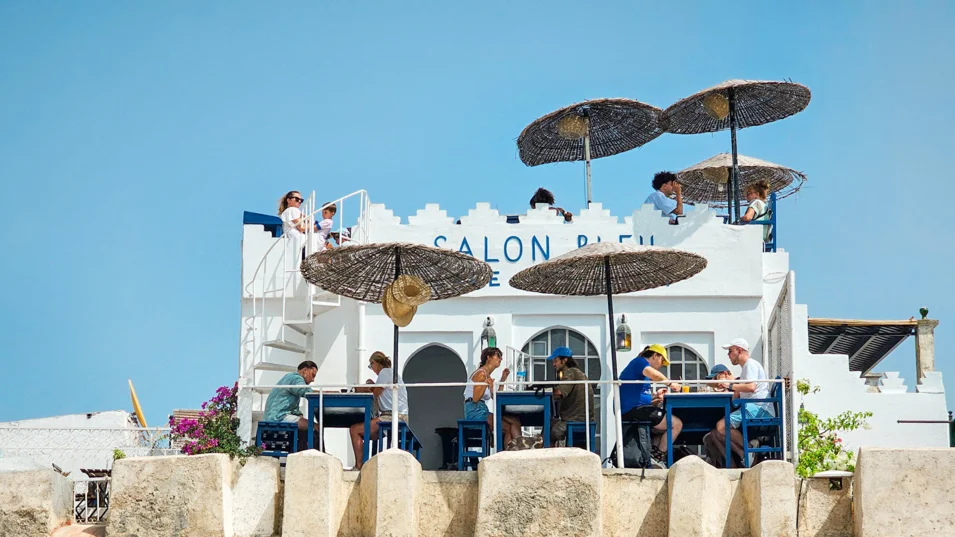
Located on the western protrusion of the peninsula of the same name, Tangier is washed by the waters of the Atlantic and Mediterranean, so those who are fond of swimming have plenty to choose from: the ocean shore is cool and windy, but there are perfect conditions for surfing and kiting, while the Mediterranean side is calmer and warmer, with the water warming up to 25°C in summer and the beach season lasting almost till November.
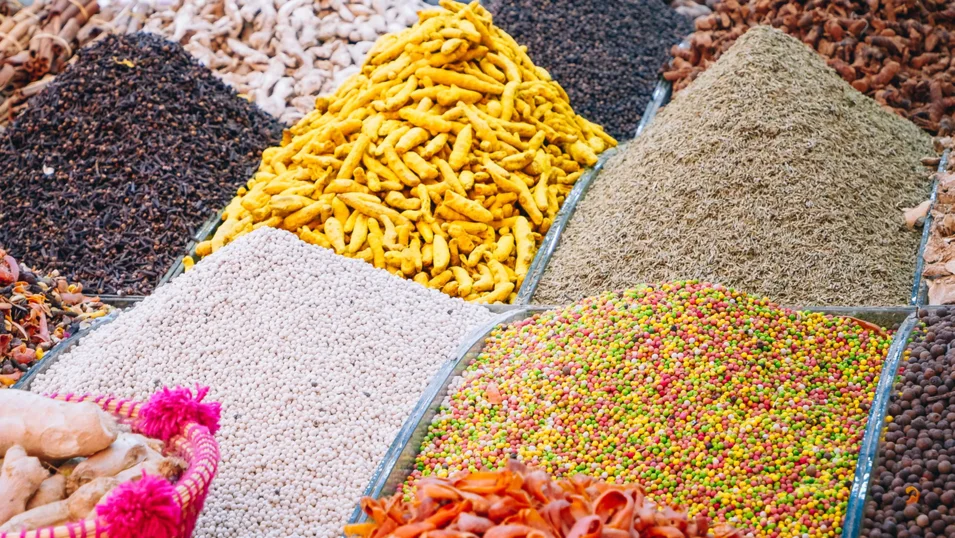
What to do in Tangier
- Admire the views of the Strait of Gibraltar and the mountains on its Spanish side from the observation deck on Kasbah Hill.
- Watch the sunset in the Hercules Caves 15 kilometers from the city.
- Arrange a tasting of grey wines (“vin gris”).
Where to anchor
Tanja Marina Bay marina is located within the city limits, so all the amenities and services are within a walking distance. Regattas are often held here, too. The marina has two separate water areas: 15 hectares for 800 berths for yachts from 7 to 90 m in length, and 11 hectares (opposite the Medina) for 600 berths for yachts from 7 to 30 m in length.
Maximum draft: 3 m.
VHF channel: 11
35° 46.95' N, 5° 48.03' W
Casablanca
Descending south-southwest along the Atlantic coast, one can’t miss Casablanca, which is 160 nautical miles from Gibraltar. Today, in size and population, it has surpassed even the capital city, Rabat, and is the largest ocean port in all of North-West Africa. It is also the most Europeanized city in Morocco.
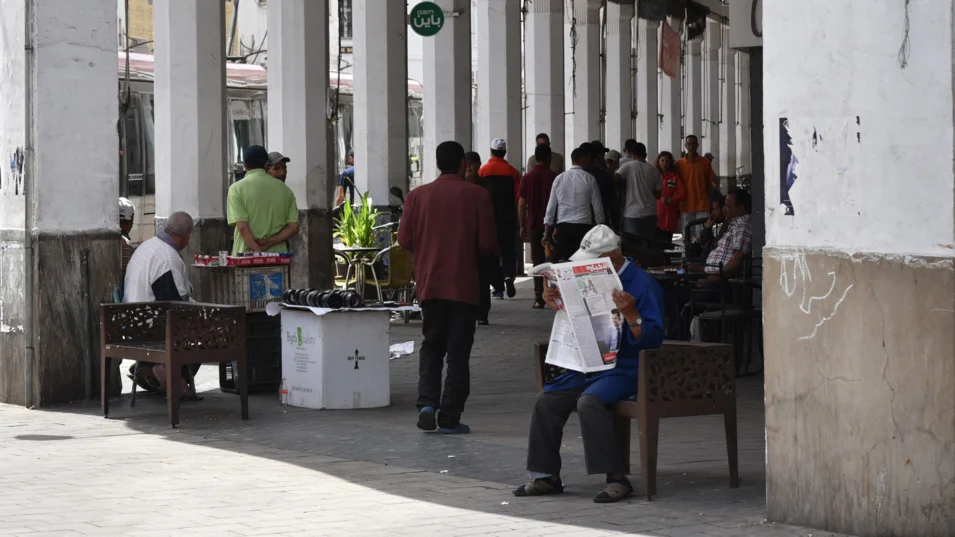
Its business centre with glass skyscrapers looks just like other megacities of the world: people are dressed in the latest fashion, shopping is at a highest level, any kind of alcohol is available in restaurants. The “French” baroque style areas with long straight streets that converge in round squares are strongly reminiscent of Paris. There is also a Medina with predictably cramped buildings and a bazaar, where the colossal Hassan II Mosque with the world's second tallest 210-meter minaret looks like an unexpectedly modern artifact.
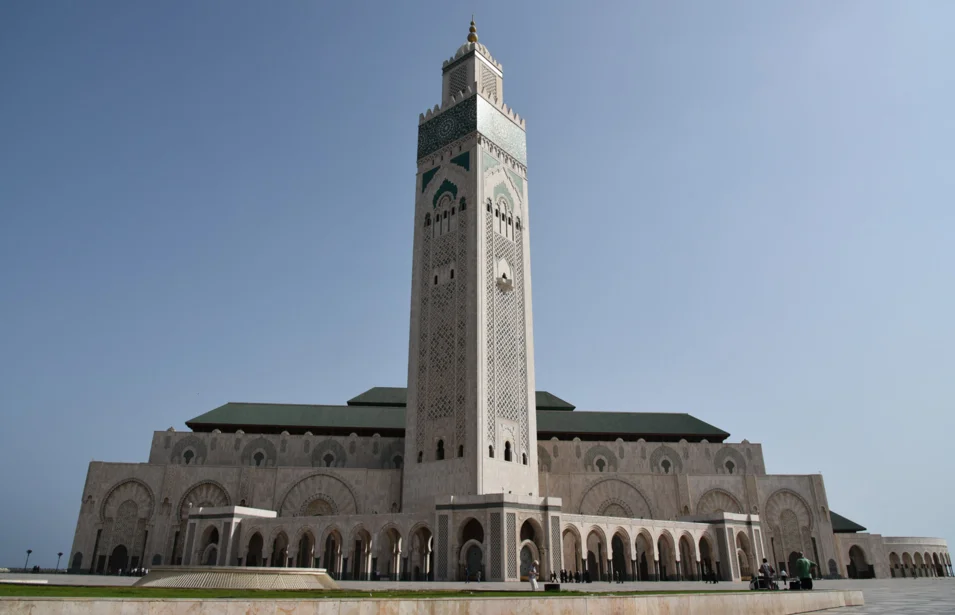
But the main attraction for the romantics is probably the exciting flair of the eponymous 1942 movie. Although it was actually filmed on a Hollywood set, and not in Morocco, the city does its best to cultivate the atmosphere of Michael Curtiz’s movie. There is even “that very Rick’s café” recreating the style of the movie in greatest detail. One can have dinner in the gallery upstairs to the sounds of live piano music of 1930s – 1940s… in the company of Humphrey Bogart and Ingrid Bergman, as they are always here, on the big screen, where the famous black and white melodrama is being shown on a loop. There are no good beaches in the vicinity of the city, but evening walks along the Corniche promenade are amazing.
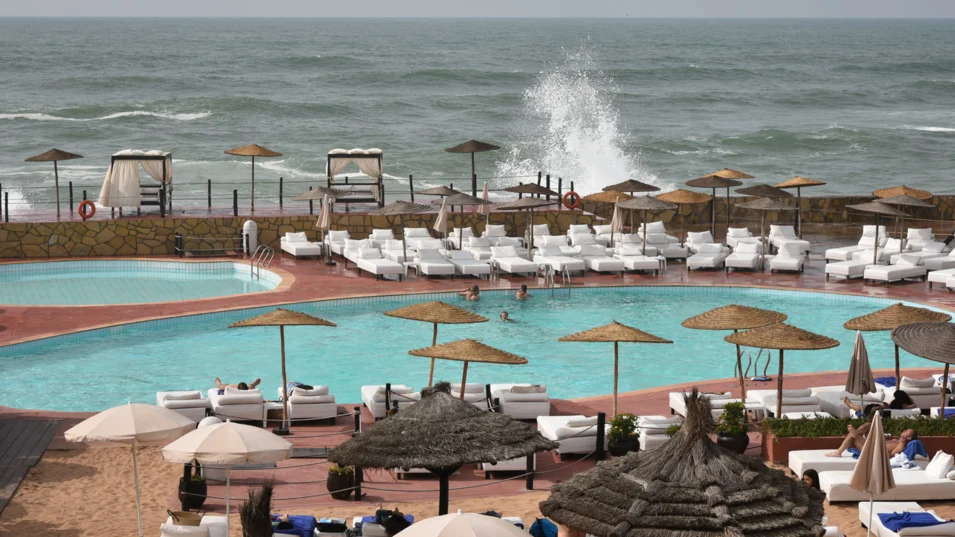
What to do in Casablanca
- Visit the Casablanca Cathedral (Church of the Sacred Heart), which is a mix of neo-Gothic and Muslim style and is a venue for exhibitions and concerts.
- Spend a day at the Tamaris water park – the largest in Morocco, located just 15 km from Casablanca.
- Take a photo in the interior of the iconic Rick's Cafe.
Where to anchor
There isn’t a marina in Casablanca, and the commercial and fishing ports are too busy. The most convenient spot to anchor is in Mohammedia, which is 25 kilometers to the northeast. There is everything you need for 70 yachts of up to 30 m long and a draft under 2 m.
Port de Mohammedia VHF channel: 16
33° 42.88' N 7° 23.57' W
Essaouira
The reward for the next passage of 190 nautical miles is Essaouira (from the Arabic “Es-Saouira”, which means “a beautiful fortress”). With its unique charm, this city of winds and fishermen has served as a treasured harbor for pirates and smugglers since the times of the ancient Phoenicians, and is now a center of attraction for poets, musicians and artists.
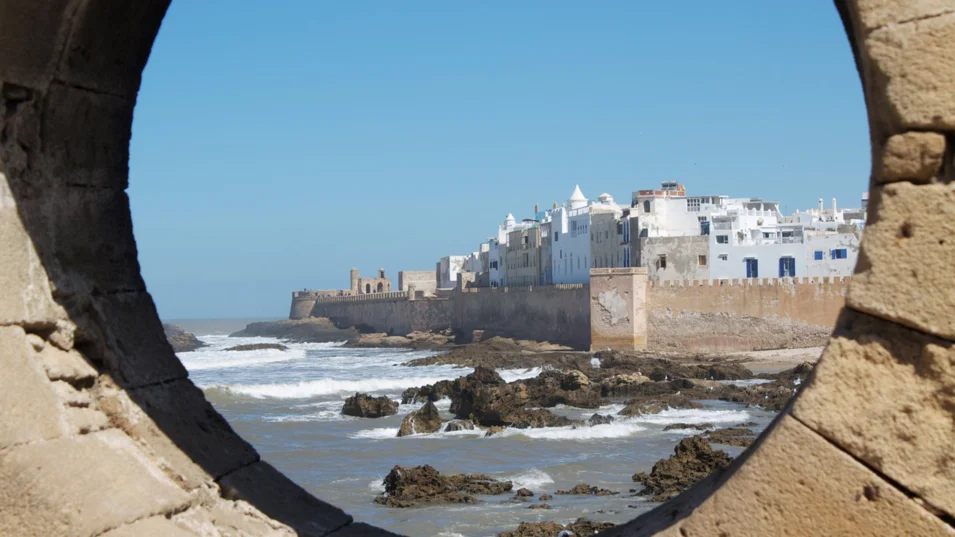
The Medina here is recognized as a UNESCO World Heritage Site and has served as a location for “Game of Thrones”, “Othello” and “Kingdom of Heaven”. Contemplating this city’s fabric is a true visual delight: the strict geometry of the fortress walls is adjacent to the picturesque chaos of ancient houses, and all of them are not the color of sand, which is typical of North Africa, but of dazzling white, while the windows, doors and fishing boats are painted bright blue. It blends so well with the ultramarine of ocean waves, the white surf and seagulls.
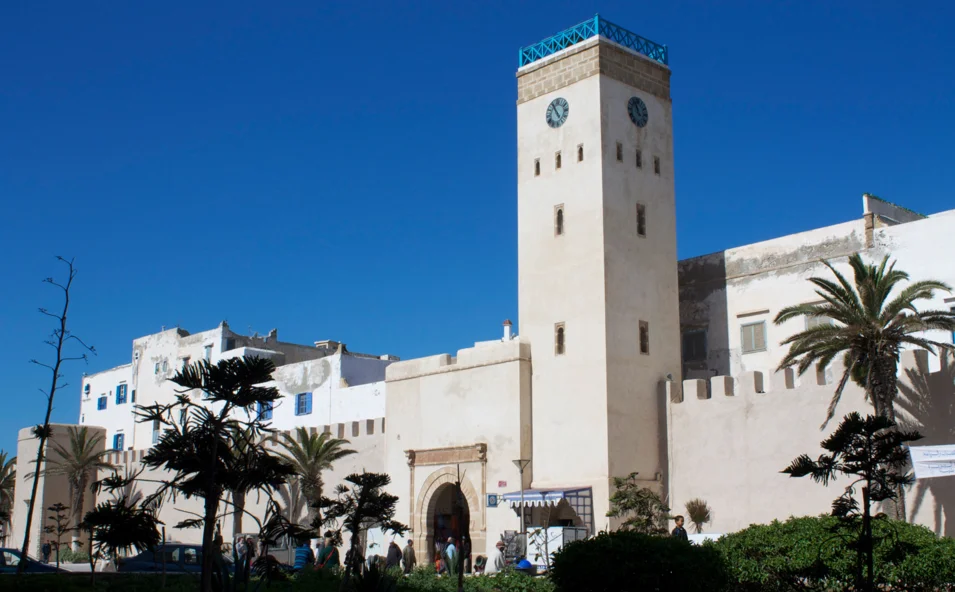
Art galleries, antique shops where you can find all the treasures of the East from handmade carpets to authentic Berber jewelry, and countless art cafes, where there is sure to be a guitar or a drum that anyone can play – you will definitely not get bored. Back in the 1960s, the city was favored by hippies: Jimi Hendrix and Bob Marley used to live and work here. Today Essaouira has become a platform for major music festivals, including the Gnaoua & World Music festival (Gnaoua is a combination of acrobatic dancing and music), the Alizés music festival for classical music lovers, and the Festival of Atlantic Andalusias for flamenco fans.
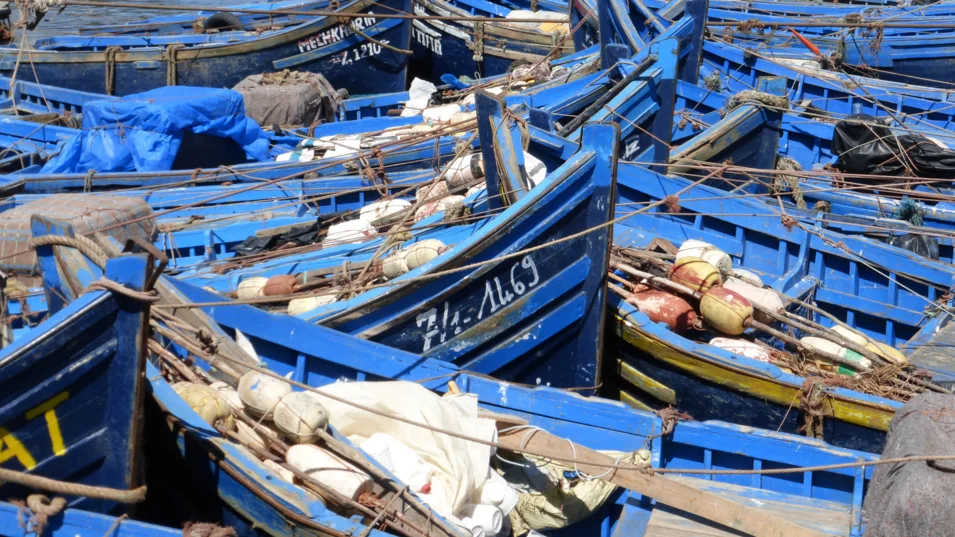
The temperature is around 20°C all year round, and even in the hottest summer month (August) it rarely rises above 25°C. The beaches are 6 km long, the water is cool, and there is always a strong breeze. Ocean waves are dampened by the island of Mogador, which is 1.5 km from the coast, so the conditions are especially good for novice surfers.
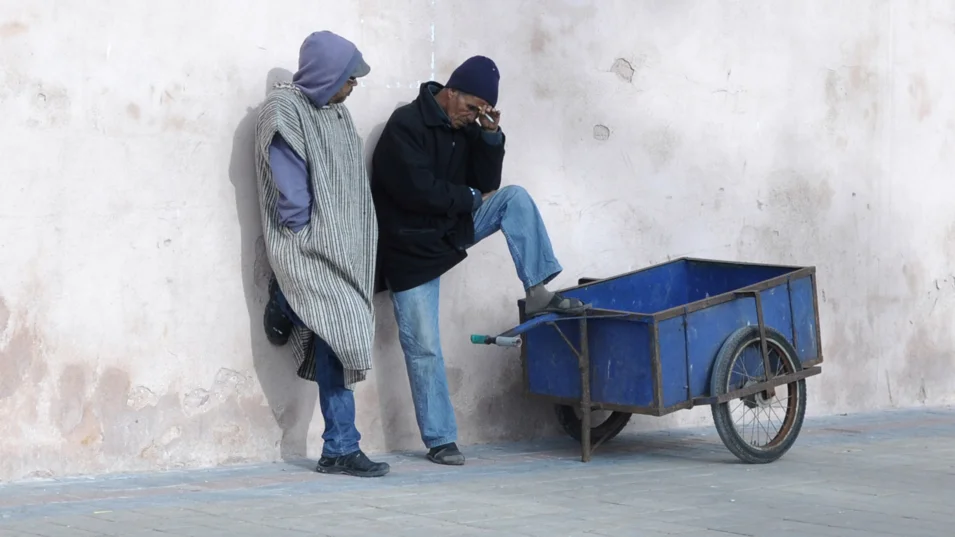
What to do in Essaouira
- Listen to street musicians, or even play any instrument of your choice along with them.
- Ride a horse along the beach.
- Try some spicy harira soup, freshly caught grilled sardines, oysters and sea urchins at a port tavern.
Where to anchor
There is no marina here, and in the only port, which is quite compact, everything is mixed together: fishing boats, coast guard boats, travellers’ yachts. The draft limit is 3 meters, the length limit depends on where you can squeeze in. Foreign sailors prefer to anchor in outer waters and reach the shore by dinghy. There are good spots near the island of Petite Ile d'Essaouira, which is to the west just beyond the port breakwater, in the wide bay of Essaouira south of the port. Or you can also go 20 kilometers down to the south, to the town of Cassan favoured by wind and kite surfers.
Port de Essaouira VHF channel: 12
31° 30.50' N, 9° 46.43' W
Agadir
Since the 16th century, the city served as a transit point for merchants from all of the Maghreb, but in 1960 it was almost completely destroyed by an earthquake. And although it was rebuilt and there were attempts to recreate its historical monuments, Agadir cannot actually boast of ancient architecture. It does have beautiful mosques though, a Medina of its own, a rich market, and on the 236-meter hill there are original ruins of the Oufella citadel (also known as Kasbah of Agadir Oufella). At night one can see the inscription in Arabic script “God. King. Fatherland." But probably Agadir’s main asset is that it is a resort with a wonderfully mild microclimate and remarkable surroundings.
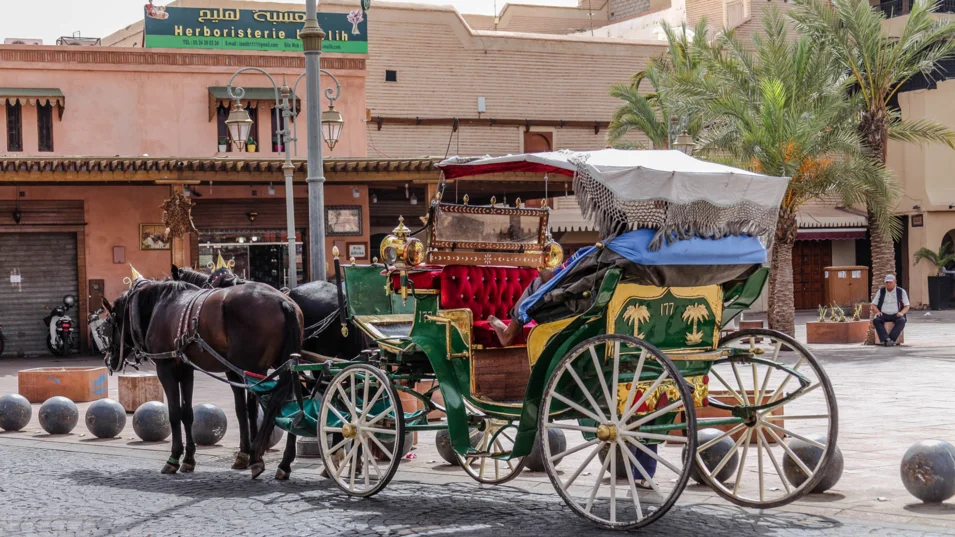
The weather here is always comfortable: there are over 300 sunny days a year, but no sweltering stuffiness, as the city is protected from the hot breath of continental deserts by the High Atlas and Anti-Atlas mountains. Even in summer it is never hotter than 30°C, and thanks to the ocean breezes the heat is easy to tolerate.
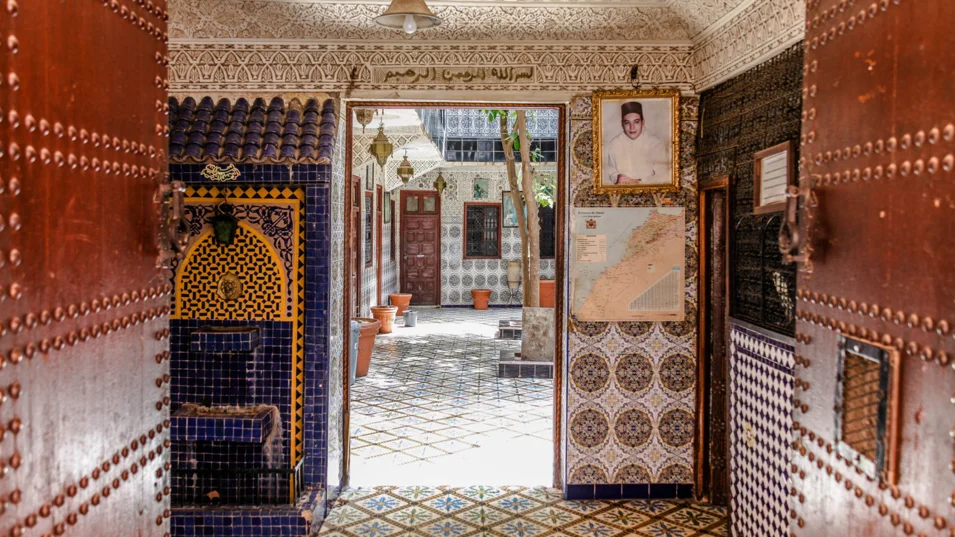
The abundance of eucalyptus and pine trees on the coast adds a healing effect to the local air. The ocean is cool: the maximum temperature is +22°C, and there are strong ebbs and flows. The beaches are perfect: a wide strip of white sand stretches for 12 kilometers, the entry into the water is smooth, with no surprises on the bottom.

To the North of Agadir, there are some of the best surfing spots in Morocco, if not all of Africa: depending on the season, the waves vary in height and stability, but they are always there, and offer a full range – from beach breaks for beginners to Killer Point spot with its powerful, long right-hand waves. That is why the former Berber villages of Tamraght and Taghazout have turned into world-famous surfer villages with services and schools for any level and budget.
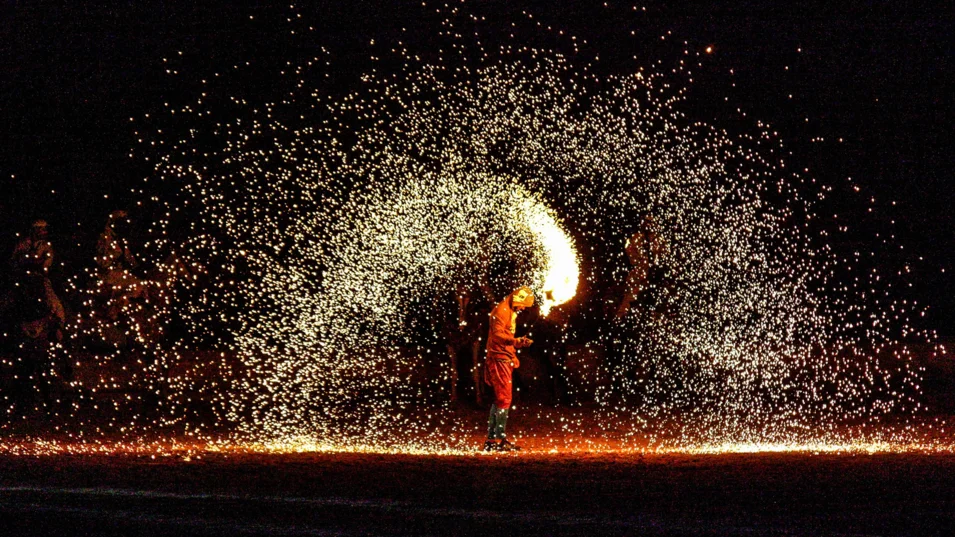
Another famous attraction 25 km to the northeast is Paradise Valley. This is a canyon of a turquoise river that starts in the Atlas Mountains and forms a cascade of waterfalls and pools. The adjacent evergreen oasis has been famous for its honey production since ancient times, which is why the valley is also known as the Honey Route. There are also convenient trekking trails along the banks for tourists.
What to do in Agadir
- Finally try surfing, and if you already have, learn some new tricks.
- Enjoy spa treatments with argan oil.
- Buy a jar of cactus honey as a souvenir.
Where to anchor
Marina Agadir: 65 berths for yachts up to 20 m and a draft of 3 m.
It is the last opportunity to refuel before heading out to the ocean: Madeira is approximately 400 nautical miles away; Tenerife is 360 nautical miles away. In 2023, the infrastructure of the Agadir marina was renovated in compliance with European standards. There is an elite urban district of the same name nearby, where there are some houses for rent and berths of their own.
VHF channel: 9
30° 25.37' N, 9° 37.07' W
Useful information about the country
- Morocco is in UTC+1 time zone, and switches to daylight saving time from October to May, when the clocks are set one hour back.
- The official languages are Arabic and Berber. The majority of the population can speak French. In the north of the country, a lot of people can speak Spanish. English is spoken only in tourist centers.
- Currency: Moroccan dirham.
- The high season on Morocco's Atlantic coast lasts from about April to October, when the ocean is warm enough for swimming, but still it is always cool. The ebbs and flows are quite noticeable.
- When crossing from port to port, it is better to keep further from the shore, as it is full of fishing nets.
You have successfully subscribed to our newsletter
